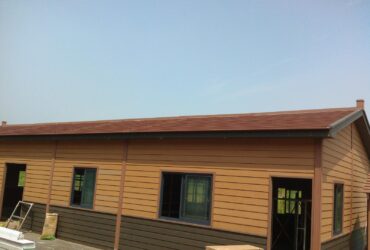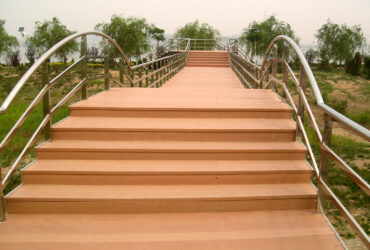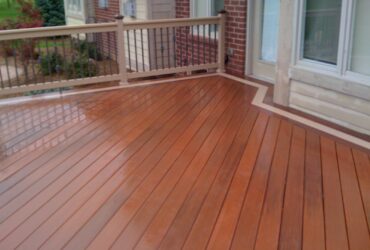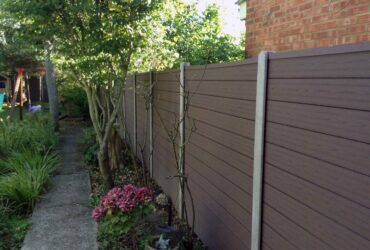Pyrolysis Properties Of Wood-plastic Composites
With the increasing depletion of the world's fossil energy reserves and the increasing difficulty of extraction, as well as the environmental pollution problems caused by the use of fossil energy, the rapid development of alternative energy sources, especially renewable energy, has become an important issue that needs to be solved.Thermochemical conversion technology can convert renewable biomass from a wide range of sources into energy, and rapid pyrolysis is one of the important conversion technologies.Waste plastic, as an important solid waste (MSW), is difficult to biodegrade in the natural environment due to its chemical inertness.The current treatment methods are still mainly incineration and landfill, which have caused serious environmental pollution and resource waste problems.Because plastics are mainly composed of carbon and hydrogen elements, converting plastics into fuel through pyrolysis and liquefaction has a high calorific value and is an effective means to realize the energy utilization of waste.
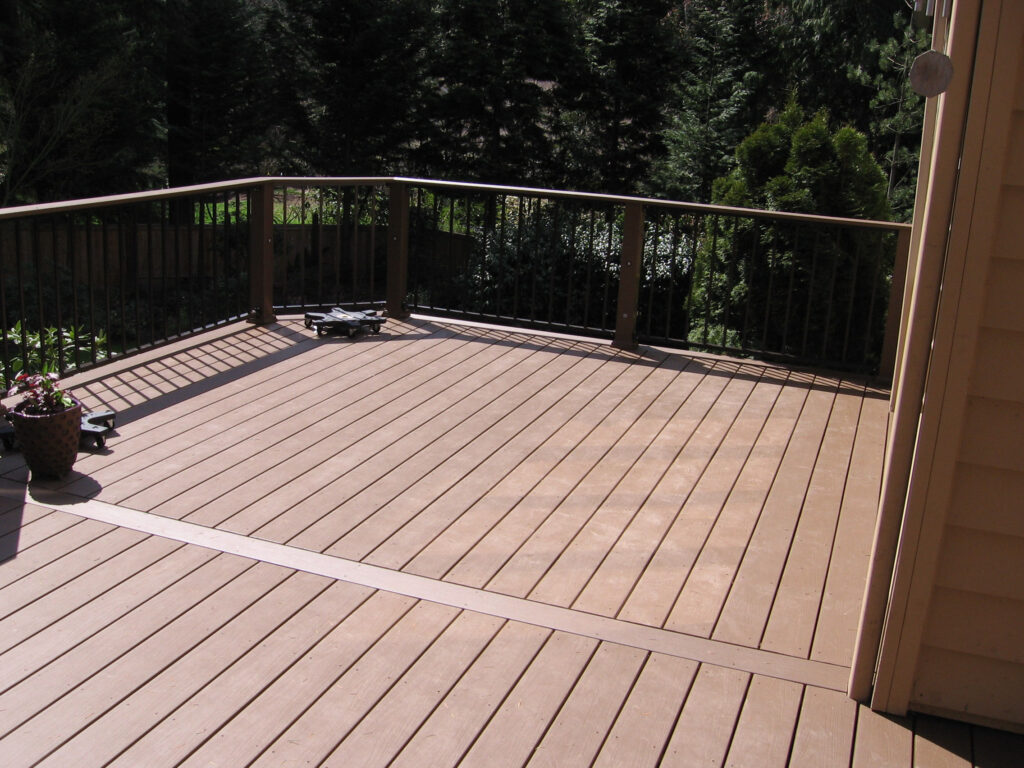
Wood plastic composite (WPC) is a composite material formed by adding special functional additives to plant fibers and thermoplastic plastics and processing through melt compounding. It has the advantages of wood and plastic and has excellent comprehensive performance. As a new material that can replace wood and plastic, its products have been increasingly used in commercial products such as door and window profiles, fences, park benches, and automotive interior decorative panels.Wood-plastic composite materials mainly use wood chips, straw, etc. and plastic waste that are wasted in large quantities as raw materials.Not only does it effectively realize the recycling of waste materials, but the products made from it further save the use of original materials (such as plastic and wood). Although WPC can be reprocessed and reused many times, the macromolecules will gradually degrade, and eventually the material will generate new waste due to reduced mechanical properties.
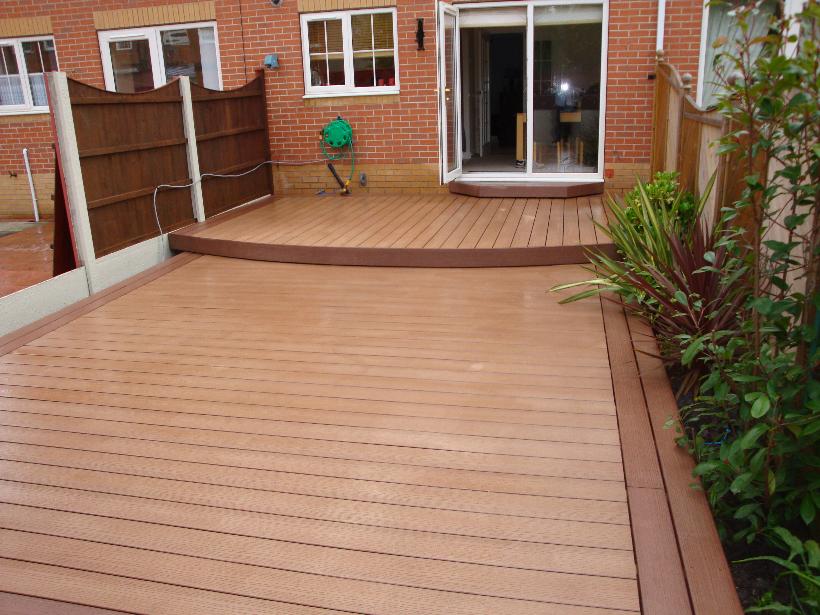
The main components of WPC, biomass and waste plastics, are materials rich in C and H. The elemental composition of waste WPC has not changed significantly due to multiple recycling uses of the material, so it is suitable as a thermal cracking raw material for the preparation of biofuels. , thereby achieving an organic combination of efficient resource recycling and environmental protection. Although there have been many reports on the co-pyrolysis of biomass and plastics, less work has been done on directly utilizing wood-plastic composites for pyrolysis. Therefore, some scholars used poplar/high-density polyethylene wood-plastic composites as raw materials and used thermogravimetric analyzers and Py-CG/MS to focus on the two main components of biomass and polyolefin during the pyrolysis process of wood-plastic composites. The interaction between plastics and the changes in pyrolysis product yield and product distribution compared with the individual pyrolysis of biomass and polyolefin plastics are expected to provide a deeper understanding of the rapid pyrolysis of wood-plastic composites and the realization of wood-plastic composites. Provide theoretical basis for efficient conversion and utilization of materials.The pyrolysis of poplar/HDPE wood-plastic composite materials mainly has two rapid weight loss stages, corresponding to the pyrolysis of poplar at lower temperatures and the pyrolysis of HDPE at higher temperatures.
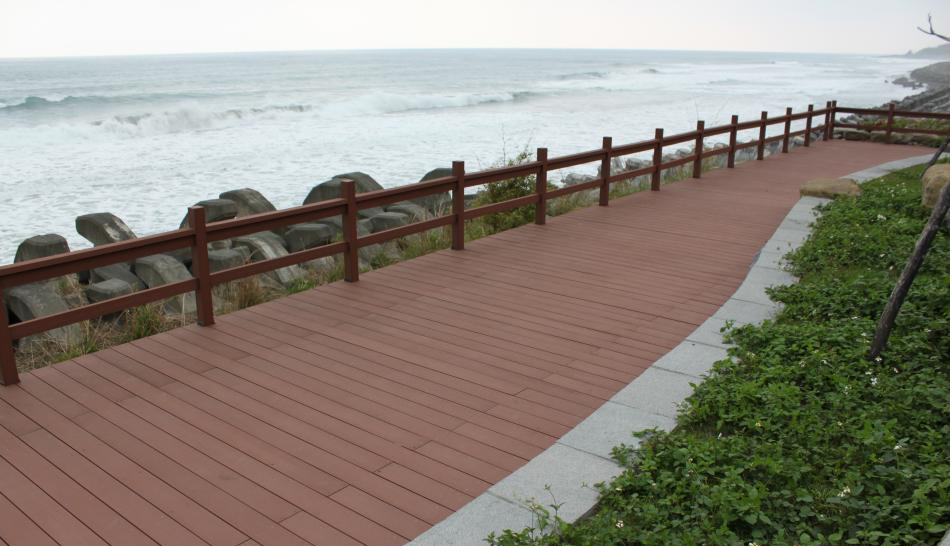
Wood-plastic composites There is overlap in the pyrolysis of biomass and plastics, and there is an interaction between the two components poplar wood and HDPE. The thermal decomposition of biomass by polyolefin first inhibits and then promotes it. In the early stage, polyethylene softens at high temperatures and coats the biomass, preventing the escape of volatile substances.In the later stage, the molecular chain of polyethylene itself breaks and decomposes into volatile hydrocarbons.It also supplies hydrogen to the biomass, partially inhibiting the polymerization and carbonization reaction of free radicals generated by the pyrolysis of the biomass, resulting in a higher weight loss rate and less residual carbon.
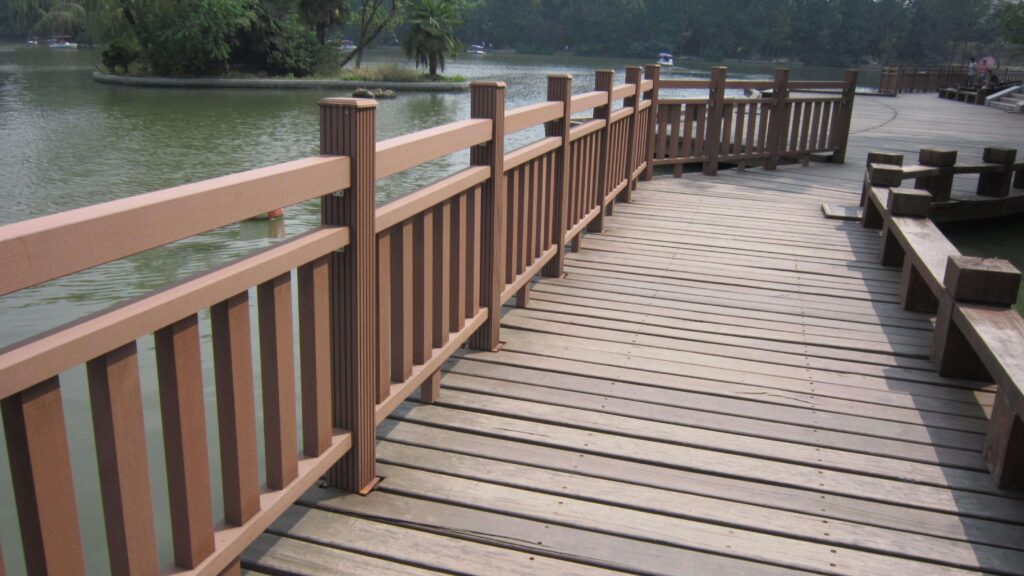
Py-GC/MS experiments found that in the presence of poplar wood, the distribution of hydrocarbon products after pyrolysis of HDPE changed significantly compared with that of HDPE alone.More light paraffin was produced. It may be that the free radicals generated by biomass pyrolysis promote chain scission of the polymer to produce light products.



